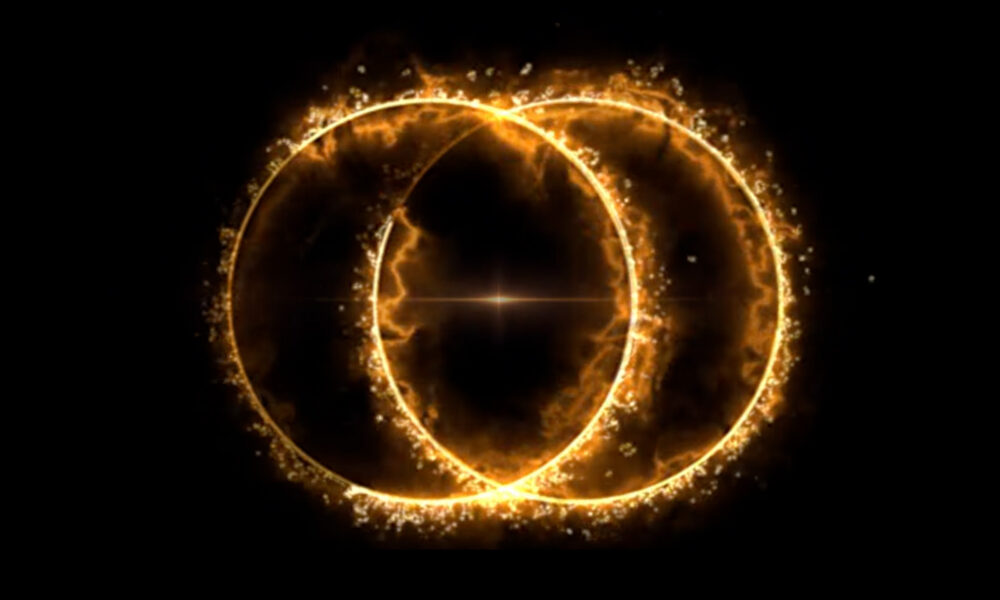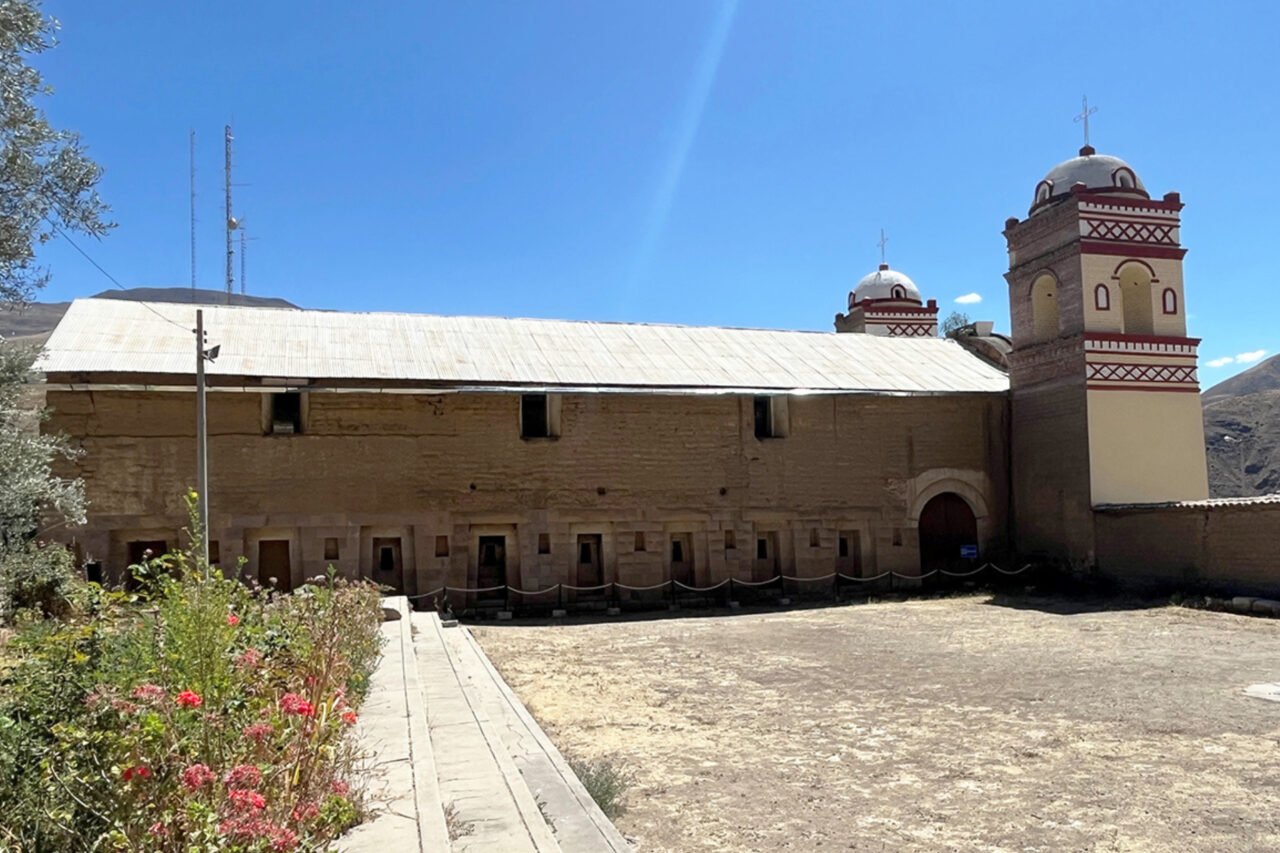Astronomers have identified a remarkable double-ring structure located approximately 7.5 billion light years from Earth. This newly discovered formation, comprising two massive rings, is part of a category of cosmic objects known as Odd Radio Circles (ORCs). The findings, detailed in a study published in the Monthly Notices of the Royal Astronomical Society, have left scientists intrigued about the origins of these vast structures.
ORCs are distinctive for their immense scale, often exceeding dozens of times the diameter of the entire Milky Way galaxy. They are formed from magnetized plasma and can only be observed in radio wavelengths. Despite being identified only six years ago, with this latest discovery marking the second instance of a double-ring configuration, the exact mechanisms behind their formation remain elusive. Researchers speculate that these structures might be remnants from significant cosmic events that occurred billions of years ago.
Insights from Recent Discoveries
Ananda Hota, the lead author of the study and an assistant professor at the University of Mumbai, emphasized the significance of ORCs in understanding the relationship between galaxies and black holes. “ORCs are among the most bizarre and beautiful cosmic structures we’ve ever seen — and they may hold vital clues about how galaxies and black holes co-evolve, hand-in-hand,” Hota stated.
The ORC identified in the study, named after its host galaxy RAD J131346.9+500320, resides within a galaxy cluster, a densely populated region of space where multiple galaxies are gravitationally bound together. This clustering hints at the possibility that the formation of ORCs could be influenced by interactions between surrounding plasma and energetic jets emitted from supermassive black holes at the centers of galaxies.
Co-author Pratik Dabhade, an assistant professor in the astrophysics division at the National Centre For Nuclear Research in Warsaw, Poland, reiterated the importance of these discoveries. “These discoveries show that ORCs and radio rings are not isolated curiosities — they are part of a broader family of exotic plasma structures shaped by black hole jets, winds, and their environments,” he remarked.
Exploring the Low-Surface Brightness Universe
The identification of ORCs contributes to a growing understanding of a “low-surface brightness universe,” a realm of cosmic objects that have remained largely hidden until now, revealed by advanced radio telescopes. Other fascinating finds in this domain include a perfectly round supernova remnant and highly luminous Wolf-Rayet stars, which burn intensely but exist for only a brief period in cosmic terms.
The intriguing nature of these discoveries continues to inspire astronomers, as each new finding opens further avenues for exploration and understanding of the universe’s complex structure. As researchers delve deeper into the origins and implications of ORCs, the cosmic landscape becomes ever more captivating.






